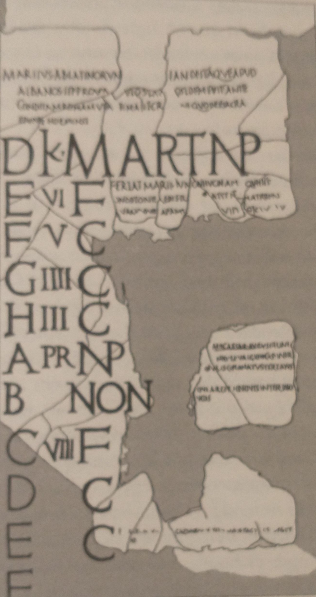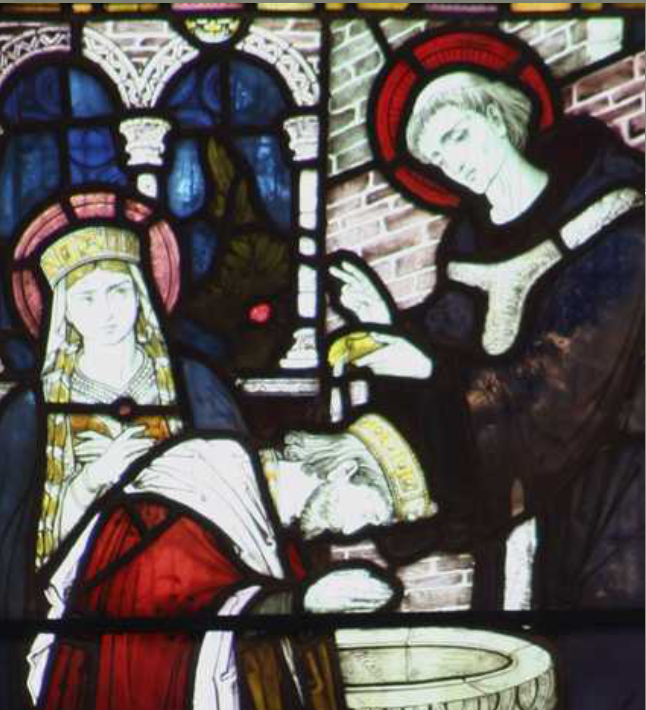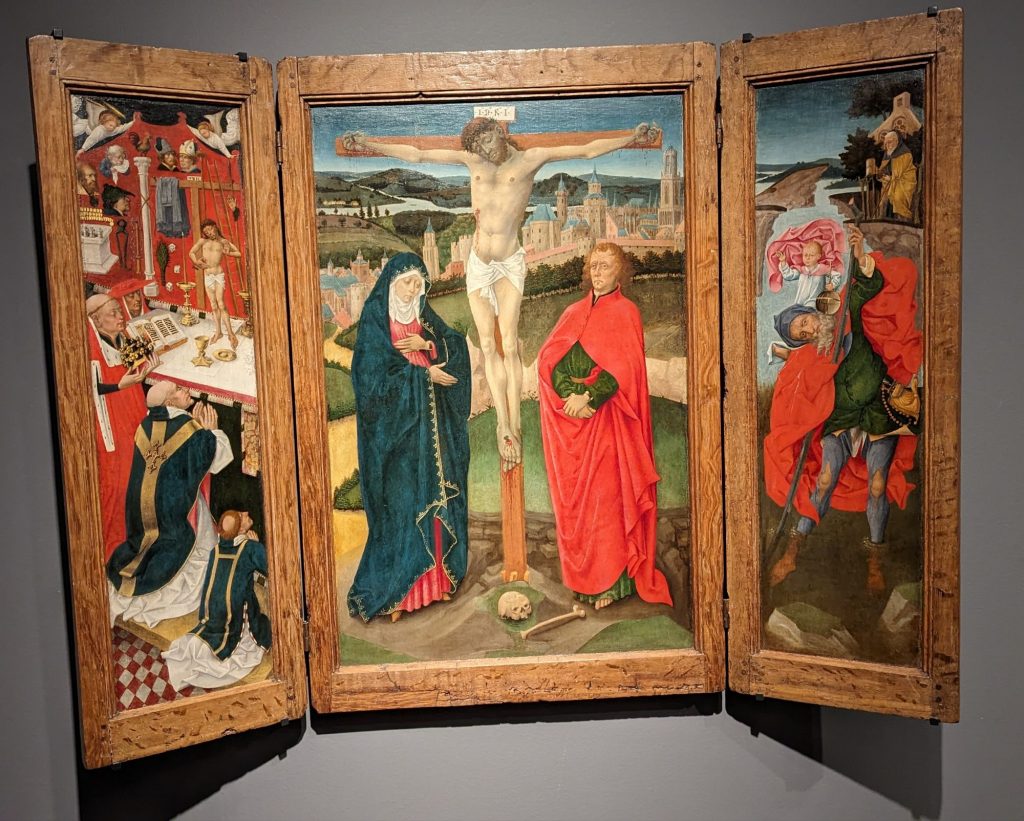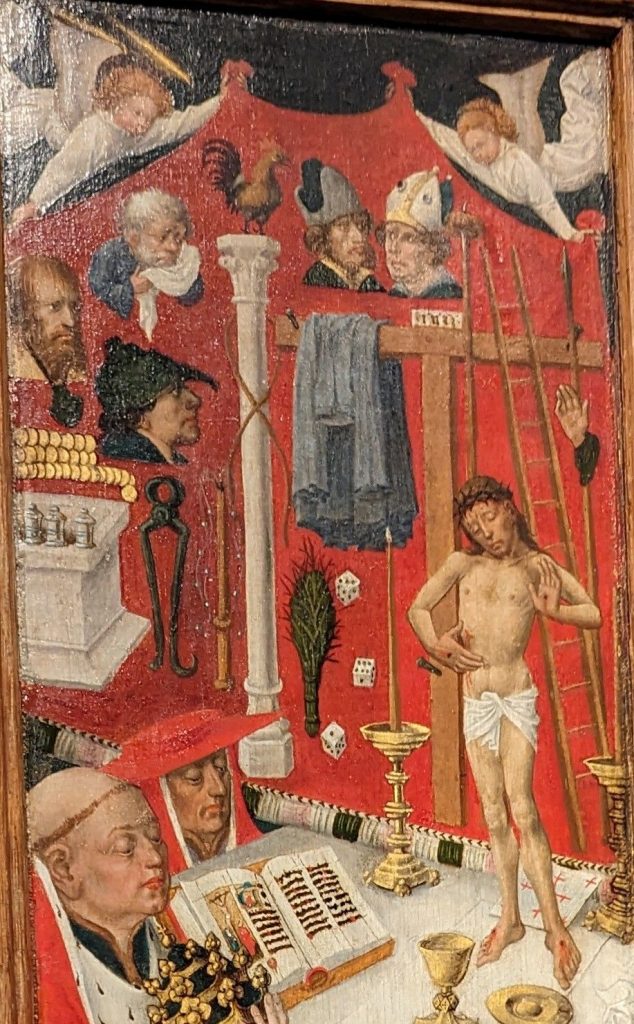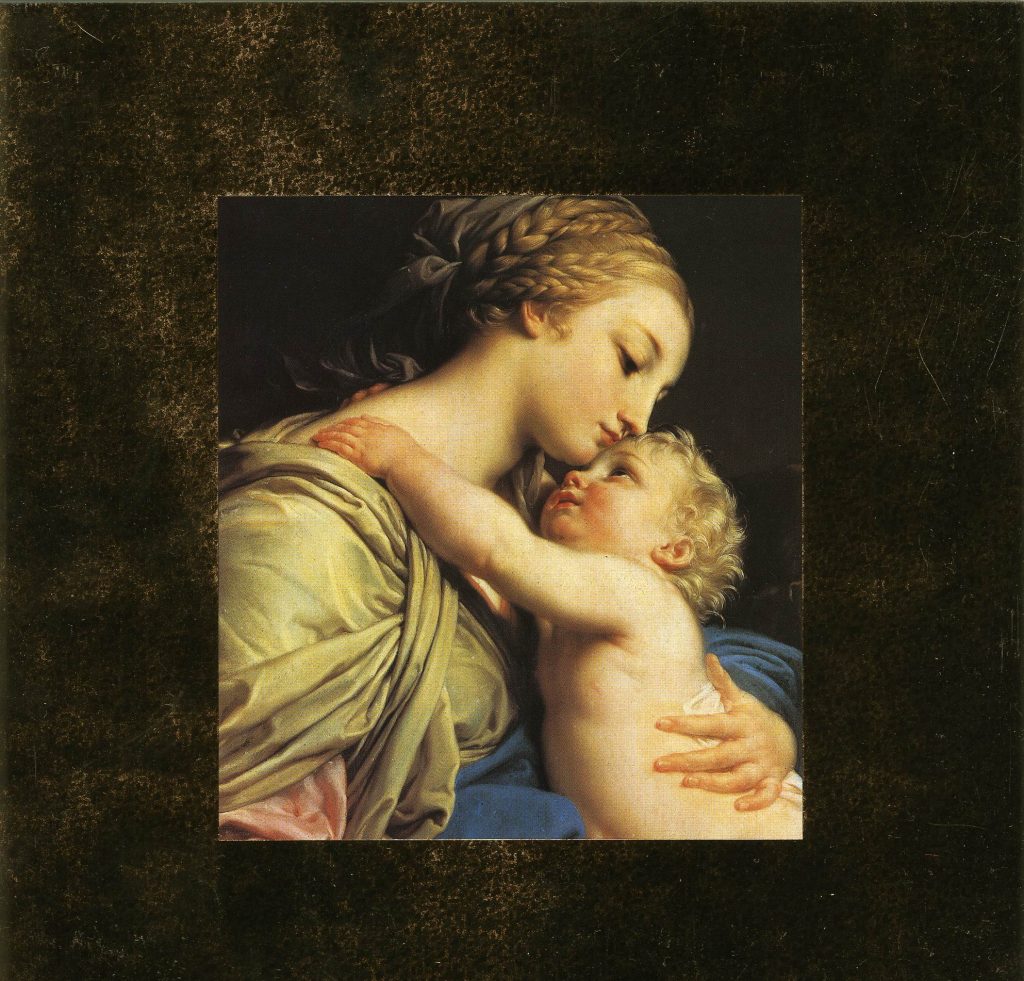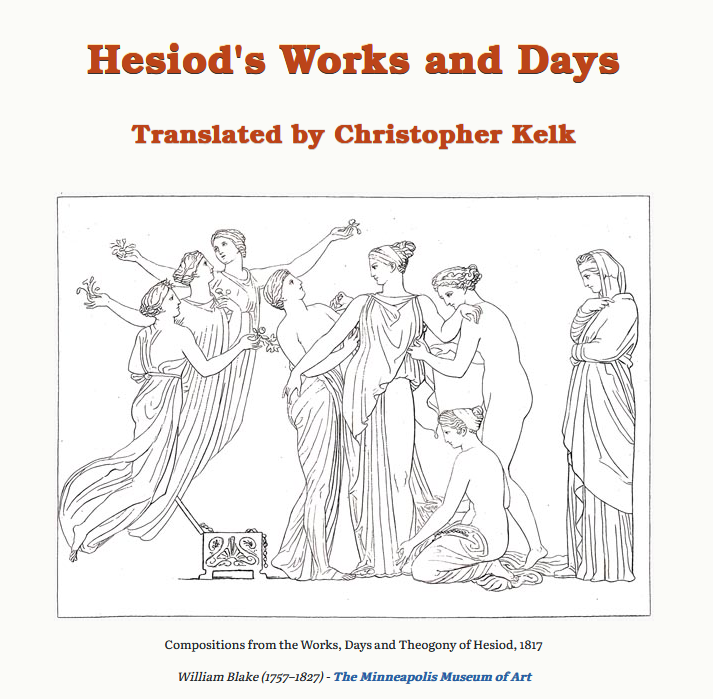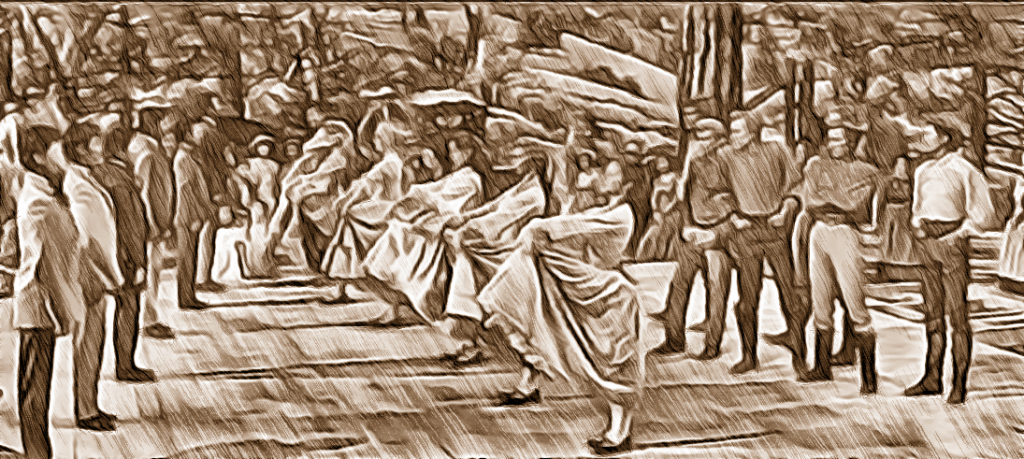So, Spring has sprung, not only meteorologically speaking but also astronomically. We are 20 days into the meteorological Spring which started on 1 March and now starting the astronomical or solar Spring. The 20th of March is the Spring Equinox, or Vernal Equinox, halfway between the Winter Solstice and the Summer Solstice. The sun has been rising further north each day since December 21st, and it now rises due East, and sets due West, The day and night are roughly equal in length although by no means exactly. At 3.30pm today, the Sun was directly overhead at the Equator.
The term vernal comes from the Latin for Spring, and today is the primavera, the first day of Spring. The Anglo-Saxons originally used the word lencthen (Lent) for Spring, but later adopted the idea of the ‘springing’ of the year when the plants bud. In Middle English, the word Spring was also used for sunrise, the waxing of the moon, the rising tides (spring tides) as well as the sprouting of the beard and the first appearance of pubic hair! Happy Spring Time!
Up to the 15th Century, the English also used the French term ‘prime-temps’ in the sense of ‘first times’. This follows the idea that the year is young, while Winter represents old age. As we shall see, on March 25th, there was also a belief that the world was created in Spring at what became the Equinox (after God created it!), and Jesus was also conceived at this point of the annual cycle.
Zodiacally, if that is a word, Spring is Aries (brave and impulsive); Taurus (sensual and stubborn), and Gemini (dynamic and talented).

The modern druids have been out at their annual Spring Equinox festival at Tower Hill already today (or so the Daily Mail, but I will not give you a link to that perfidious rag). I have a picture of the ceremony from when I attended many years ago, but, Heike Herbert, who seems to be always travelling around the world, was in the UK for long enough to attend the Druid Festival last year and has kindly let me use photos for this post.
When I last went to the ceremony I remember noting, with some distaste, that the druid costumes seemed to be made with nylon sheets, and their footware was mostly plimsolls. I see the nylon has at least been replaced with cotton, and the plimsolls with trainers. Not quite sure what that pair of black trainers are doing in the picture! Photos of this year’s ceremony suggest a better sartorial turn out.
I say modern druids because there is no convincing evidence that the modern fellowships of Druids can trace their origins back to prehistory. Druidry was reinvented in the 18th Century — for example, the Ancient Order of Druids was formed in 1781. They were set up as societies in the tradition of the Freemasons and with a belief in the fundamental importance of nature. However, the British Circle of the Universal Bond, claim descent from a group persecuted by the Bishop of Oxford in 1166. Look at their website for more details and for an idea of their beliefs.
As to when the Equinox first had importance for human society, the answer is, probably, at least as long as we have been reasoning creatures. On January 24th, I draw attention to a recent discovery suggesting evidence for a Palaeolithic Calendar. This is what I wrote:
But recently, evidence of a Palaeolithic Calendar has been uncovered by an ‘amateur’ studying markings in cave paintings at Lascaux, Altamira and other caves. Furniture maker Ben Bacon has collaborated with Professors at UCL and Durham and interpreted markings which suggest the use of a lunar calendar to mark the time of the year when particular animals gave birth. A Y shaped mark is interpreted as meaning ‘giving birth’ and the number of dots or dashes drawn by or in the outline of the animal or fish has been shown to coincide with the time of the year that the wild creature gives birth. For further details, follow this link: https://www.bbc.co.uk/news/
At Stonehenge, in the old Car Park, they found three huge Pine post-holes in a line, erected in the Mesolithic period. They align to the direction of the Mid-Summer Sunrise and Mid-Winter Sunset (NNE/SSW) IF, and it’s a big IF, you were sighting from Stonehenge itself, which was built some 5000 years in the future.

It is a bit of a stretch using two pieces of evidence so far apart in time but recent excavations have revealed that there are, on the site of Stonehenge, natural periglacial striations in the soft chalk bedrock which themselves point to the Solstices. These not only predate Stonehenge but also the three post holes, and may well have been visible from the time they were created when the glaciers melted.
Around 12,000 years ago (date from my memory so approximate), the climate changed and the glaciers melted. This left a lot of water rushing around the landscape. At Stonehenge, it gouged out striations in the chalk. By chance, or as ordered by the Gods/Goddesses/Divine Nature, the striations pointed to the Solstice Axis, just at a place where the Gods/Goddesses/Divine Nature provided super-abundance in the guise of herds of Aurochs, which are huge wild cows. Richard Jacques excavations in the vicinity of Stonehenge have revealed that the aurochs came to the Stonehenge area for grazing and water. Each one had enough meat on them to feed 200 people. So, by 8,000 BC we have what might constitute proof of recognition of the significance of the major movements of the Sun.

This is confirmed by the alignment of many megalithic monuments dating from 3,600 BC onwards, including, of course, Stonehenge. Also, all around the UK are long barrows and other burial mounds, many of which are indeed sighted/sited E-W to the Equinoxes. Many are fairly approximate, but at Loughcrew, County Meath in Ireland the Vernal Equinox shines right into the burial chamber, onto a stone marked by stone carvings. Similar alignments are recorded at Knowth and Dowth in the Boyne Valley.
The Equinox also has another role, which is to be the anchor of the cardinal points – North, South, East, West, when there is a harmony, a balance in the world, and therefore a fortunate, a lucky time, a time to fall in love or undertake notable undertakings. Of course, as the Christian world awaits the commemoration of the death of the Messiah, marriage has to wait a little longer.
First Written in March 2023, and revised in March 2024








